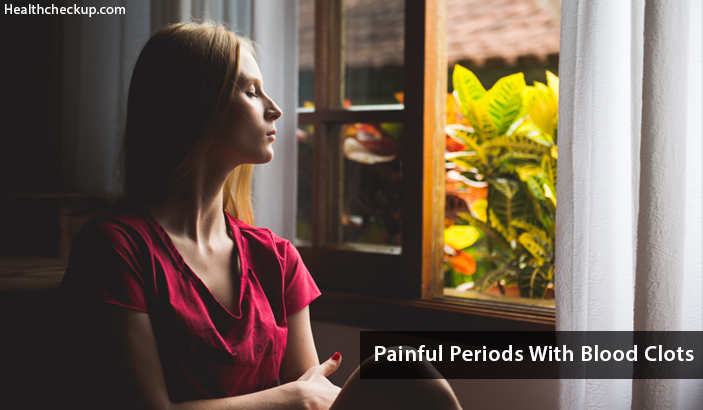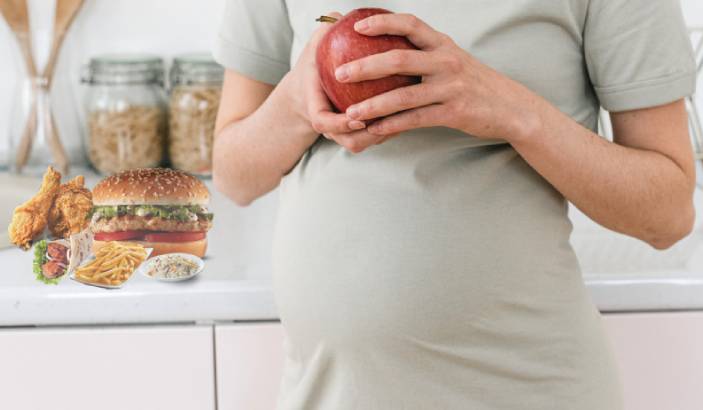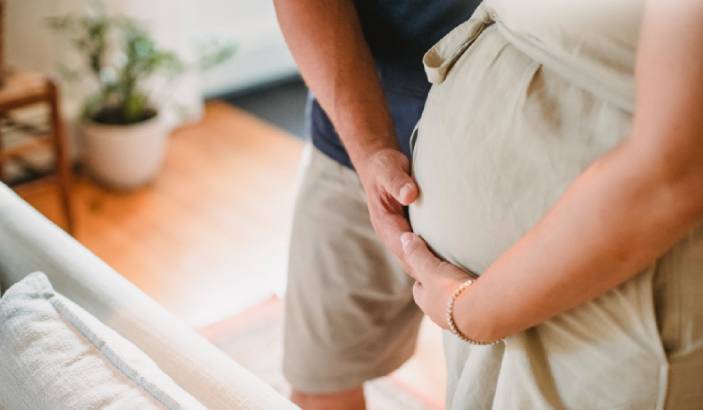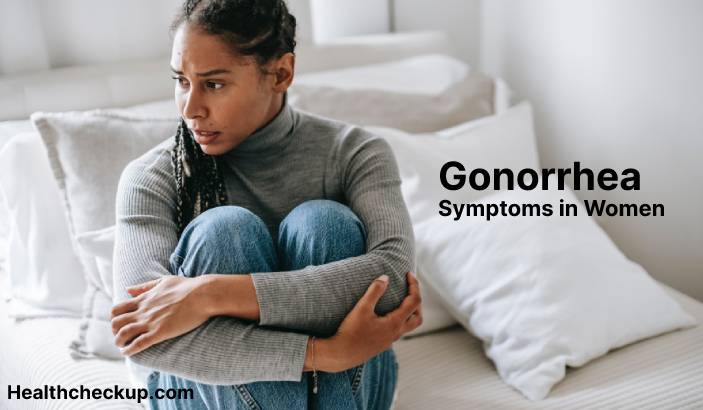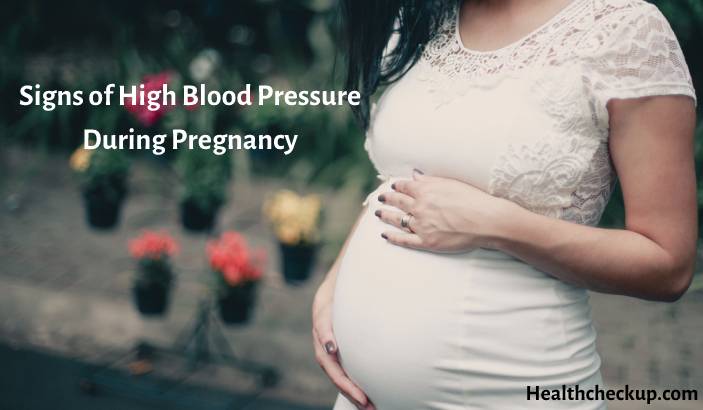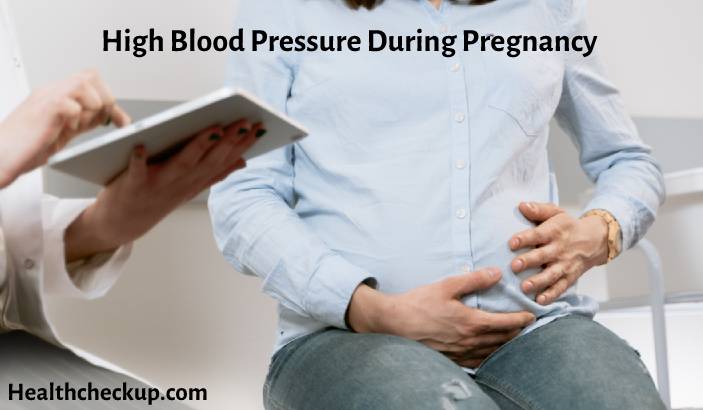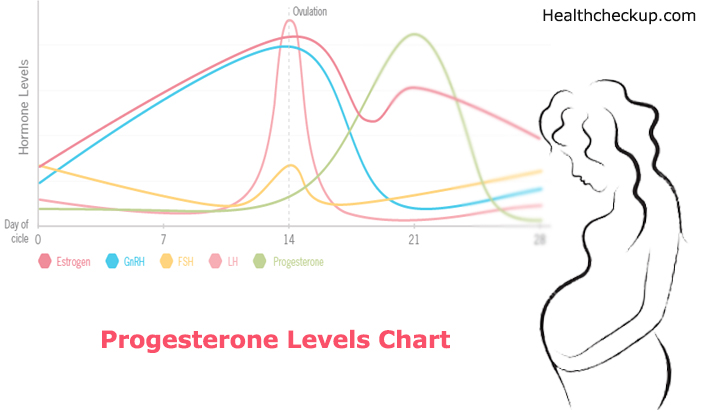Almost all the women out there relate periods to uneasiness, messy, and a miserable experience all together. While painful cramps and heavy bleeding with occasional clotting is a regular experience, is there something to worry about painful periods with blood clots?
What Are Painful Periods with Blood Clots?
Women are not unaware of a situation where painful period cramps are accompanied with blood clots. It is a natural occurrence. Period cramps are painful because of the repeated contraction and expansion of the uterus.
While blood clotting is a normal affair since they are anticoagulants unable to maintain pace during such bleeding. These are normal occurrences during a normal menstrual cycle. However, a word of caution needs to be exercised when either of the two symptoms or both are on the higher side.
Who is Affected?
In usual cases, painful menstrual cramps and blood clots are part and parcel of the entire process of menstruation. The blood clotting too is necessary since it is a normal body mechanism to stop bleeding. However, women should not neglect symptoms such as very heavy bleeding and large clots or many clots with or without bleeding.
Usually, women with some kind of bleeding disorders like Von Willebrand Disease (VWD), or platelet function defects might experience heavy painful periods with blood clots because their body is unable to stop bleeding due to abnormal blood cells or loss of anticoagulants.
Diagnosis of Painful Periods with Blood Clots
Periods are usually associated with painful cramps which essentially indicate that the uterus is experiencing expansion and contraction. Such movement of the uterus essentially helps in the occurrence of the natural cycle of periods. However, extremely painful periods are a symptom of endometriosis. It is a disorder where the lining of the uterine grows on other areas other than the uterus, such as your ovaries, fallopian tubes, or even the bowels of the individuals. Not only endometriosis, but extremely painful cramps can also be a sign of uterine fibroids (any benign growths inside the uterus) or of pelvic inflammatory disease (a disease that can develop from untreated gonorrhea or Chlamydia).
Occasionally such painful menstrual cramps are accompanied with clots of blood. While small clots of blood are nothing to worry about and are absolutely harmless since these are merely anticoagulants which could not maintain pace with the flow of the blood. However, noticing blood clots which are bigger than a quarter can be an indication of the presence of uterine fibroids and hereditary disorders like Von Willebrand disease. Large clots can also be a sign of miscarriage or the difficulty of the body in adjusting to the new copper IUD. Thus such big clotting should be referred to a medical practitioner without a delay.
In case the individual complains about such symptoms of painful periods with blood clots, certain diagnostic tests suggested by the medical practitioner include:
- Blood test to check the thyroid function and to check for a hormonal imbalance
- Pap test on cells taken from your cervix to evaluate changes seen
- Ultrasound to monitor blood flow and check for fibroids or endometriosis in the uterus
- Endometrial biopsy to check the tissue samples of the uterine lining for abnormal cells
- Sonohysterogram to check the endometrium in more detail
- Hysteroscopy to help diagnose polyps and fibroids
- Magnetic resonance imaging (MRI) to create a picture of the uterus
Painful Periods with Blood Clots Causes
The definite causes of painful periods with blood clots can only be revealed after relevant tests and medical procedures. However, depending on factors such as age and medical history of the individual, some of the causes which can lead to painful periods and bigger than average blood clots include
- Having Uterine Fibroids – These are non-cancerous growths in the uterus. This is quite a common occurrence.
- Endometriosis – This is a condition in which the endometrial tissue in the lining of the uterus grows outside the uterus usually into the fallopian tubes and ovaries.
- Adenomyosis – This is a condition in which the endometrial tissue in the lining of the uterus breaks through and begins to grow in the uterine wall, often making the uterus of the female larger.
- Hormonal Imbalances – Many women suffer from conditions such as hypothyroidism, Polycystic Ovary Syndrome (PCOS), perimenopause, and menopause, when hormonal imbalance can occur. Such hormonal imbalances can make menstrual cycles irregular thus resulting in clotting and heavy bleeding from the uterine lining which is not being shed regularly.
- Miscarriage – In case of a miscarriage in the early days, even before the female knows about such pregnancy may result in clotting and bleeding.
- Cancer – Cancer in the uterus or cervix can also cause painful period with blood clots, though this is unlikely.
Painful Periods with Blood Clots Symptoms
Some of the Symptoms When the Patient Needs to Consult a Medical Practitioner Include
- Very heavy bleeding where bleeding continues more than seven days or such menstrual pads needs changing every hour or so.
- Large Clots approximately of the size of a quarter or larger
- Clots accompanying heavy bleeding
- Small clots noticed every time the individual has a period, with or without heavy bleeding
- Very heavy flow and/or large blood clots for a young girl who has just started with her menstrual journey
- In the case of pregnancy, such clots can mean miscarriage or that your pregnancy is ectopic.
How to Treat Painful Periods with Blood Clots?
Treatment of painful periods and abnormal blood clots needs treating the underlying cause. Such treatments will depend on a number of factors such as the underlying cause of such large blood clots and/or heavy bleeding, the severity of such bleeding, pain and clotting, the age of the patient and other such factors.
Medications – Medical practitioners usually prescribe medications such as iron supplements, hormonal therapy, Advil or Motrin, antifibrinolytic medicines, and birth control pills.
Surgery – Such as Dilation and Curettage, Endometrial Ablation or Resection, Operative Hysteroscopy, Myomectomy, Laparoscopy, and Hysterectomy as the most common types of treatment for the conditions causing blood clots and/or heavy bleeding. Such symptoms and conditions with painful periods with blood clots need proper treatment immediately.
Medically Reviewed By

Samarpita is a dedicated freelance writer with avid experience in the space of health, she specializes in topics related to diet, nutrition, immune-related diseases, detection and prevention of diseases and taking a natural route to cure such diseases.


